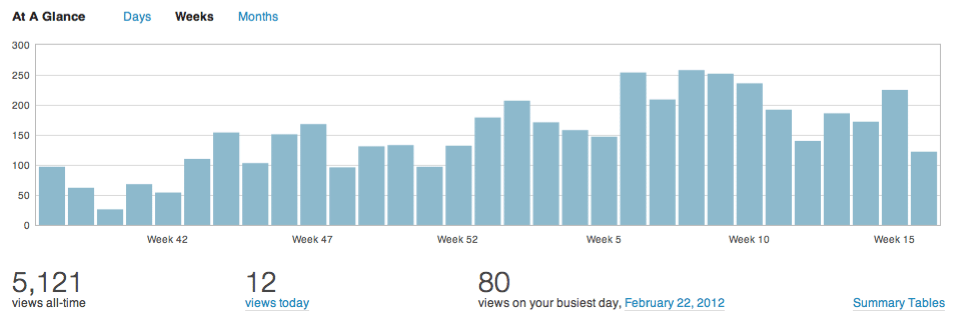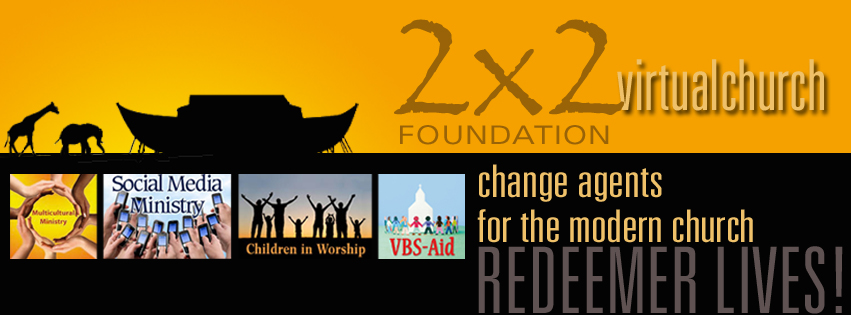Do We Need Social Media Sunday?
Three years ago, the Social Media company, Mashable, created Social Media Day. In 514 cities, Social Media enthusiasts will gather (many in a bar) to put a real live face and warm handshake to the entities that drive the keyboards and hide behind little square avatars. It will happen again tomorrow, June 30.
Perhaps we will someday declare a Social Media Sunday, a time when Social Media Ministries physically welcome the people whose lives they touch from a distance.
It raises an interesting concept? What kind of program would a church’s SM Sunday promote?
There would be a temptation to do things the way the Church always does things.
They would hold a big worship service centered around a few people doing a few things in the chancel while everyone else sits or stands (as able) on demand. They would ask the strangers to break into ancient song at appropriate times, prompted by an overpowering organ. They would focus the newbie’s attention on the scriptures as interpreted by one person for fifteen, twenty, or thirty restless minutes. They would require that they shake everyone’s hand without really knowing a thing in the world about the hand they are shaking. They would bless them as they turn to walk out the door to be greeted warmly (perhaps) by a caring pastor and one or two others before returning to total anonymity.
That’s how a church service might seem to the uninitiated. Churches all over the country do this every Sunday, many with feeble results.
(And people say Social Media doesn’t create true community!)
How would you plan a Social Media Sunday?








